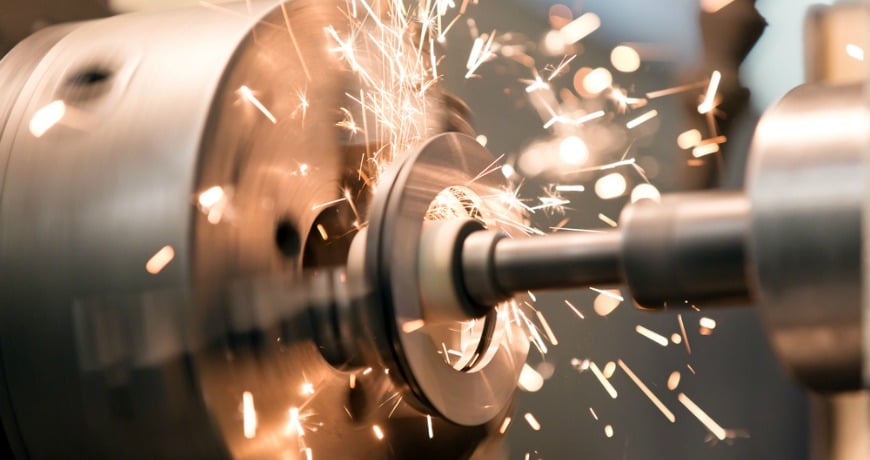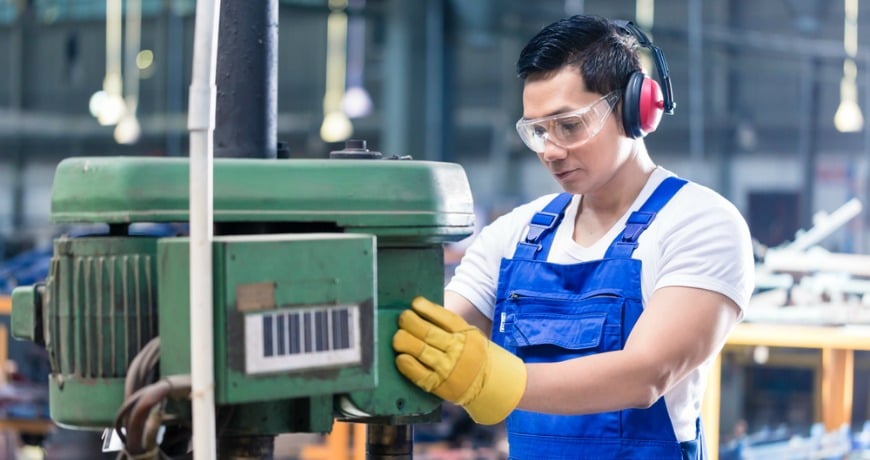If you are making or purchasing metal machined parts, ensuring parts are within specification is of utmost importance. If they are not, you might not be able to use them for further processing or for their intended use.
Fortunately, it is possible to list a set of metal machining best practices. To make it simple, following the points below will help you achieve a more reliable and repeatable quality product that is fit for use...
1. Understand your own metal machining requirements

Before you provide any information to a manufacturer, first you need to understand what information you are going to give them. Do not count on Chinese manufacturers to do this work.
By understanding all the key elements of your product you will be able to specify every point in fine detail. One of the easiest ways to get the details recorded down is to carry out the ‘5 W’s and 1 H’ analysis on each part and assembly.
1.1. Who
Who is going to use the product? This could start off with the first person in the chain AFTER production of a single part, working right the way through to the end user and ultimately to the recycling stage.
Some of these answers will trigger further actions, for example, “who is the product intended for?”, if you answer is young children, then you may have to look into safety regulations and material restrictions.
1.2. What
What is this part used for? What is the function of this part? What are the mechanical properties needed? What are the cosmetic properties needed?
As you can see from these examples, asking ‘what’ will drive you to answer each of the questions and at the same time you are building up your product knowledge and specification.
1.3. Where
By asking ‘where’ in a number of different contexts you will be able to determine elements of the product specification such as, is weather resistance needed, is it an in-door or out-door product which could require different materials or finishes, environmental issues come into play as well as the temperature the product has to operate in.
1.4. When
Is the product to be used constantly, 24/7 and 365 days of the year, or intermittently? Is the part to be used at night time or daytime only, on holidays, during a particular time, and function some kind of mechanical cycle (alarm clock, fire sprinkler system)? All these questions will provide yet more information with respect to building the product specification.
1.5. Why
Here you can ask questions like why does this dimension need a tight tolerance, or why is a specific part designed to a specific shape. Even why something is needed at all or why is there two individual parts instead of one.
By providing answers to as many ‘why’ questions you can think of will allow you to optimize your design and ultimately your product specification.
1.6. How
The additional H question is the ‘how’. This provides the opportunity of reviewing how the product will be made, how the product functions, how the parts interact, and how one part is affected but another. Ensure you cover as many as you can think of and provide the best possible answers.

2. Product Analysis and Specification
After completing the 5 W’s and 1 H analysis you should be in a position where you understand your product to a greater depth of knowledge. The documentation generated during this analysis would be a good starting point of a good technical specification for your machined parts.
From the specification you should now be able to specify the correct material, generate detailed technical 2D drawings showing the correct dimensions and the appropriate tolerance as well having the product optimized for manufacture, assembly and final use.
Having a specification that has been generated through analysis will provide the right information to allow your product to be manufactured with reliable stable dimensions.
3. Best Machine for the Job

Once the product has been fully defined and optimized, and once manufacturing details have been generated, the next process is to get your parts machined.
Depending upon the shape, specification and geometry of each part will determine what metal machining process is required, for example: Turning, Milling, Drilling, or Grinding.
These are individual operations and are carried out by dedicated machines. A more advanced and repeatable machining process would be the use of CNC machines and CNC Machining Centers.
A CNC Machining Centre is a CNC machine that has an automated tool changer and a table that holds the work-piece. On a machining centre, the tool rotates, but the work does not.
The orientation of the spindle is the most fundamental defining characteristic of a machining centre. Vertical machining centres generally favor precision while horizontal machining centres generally favor production—but these are loose generalizations.
Another common machining centre type is the five-axis machining centre, which is able to pivot the tool and/or the part in order to mill and drill at various orientations.
So with all these different options available, it is really down to the capability of the supplier and what equipment they have available.
The important thing is to ensure your parts are being machined as efficiently as possible to produce the required product.
What are your must have metal machining best practices? Have you adopted any of the tips outlined in this blog post and gained benefits? What, and how?
Please feel free to ask any questions you may have, or leave your comment below, and we'll be delighted to answer.




